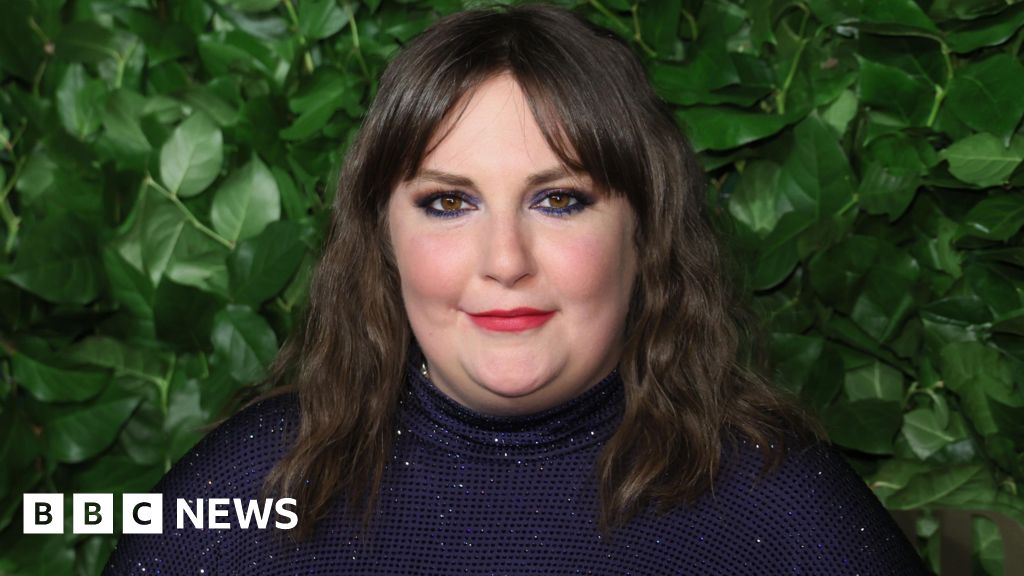The Dutch master Vincent van Gogh may have painted one of Western history’s most enduring works, but “The Starry Night” is not a masterpiece of flow physics—despite recent attention to its captivating swirls, according to researchers from Virginia Commonwealth University and the University of Washington.
The post-Impressionist artist painted the work (often referred to simply as “Starry Night”) in June 1889, and its depiction of a pre-sunrise sky and village was inspired in part by the view from van Gogh’s asylum room in southern France. The painting is part of the permanent collection of the Museum of Modern Art in New York City.
Last year, a paper published in the September issue of Physics of Fluids—”Hidden Turbulence in van Gogh’s ‘The Starry Night'”—received considerable notice by positing that the eddies, or swirls, painted by van Gogh adhere to Kolmogorov’s theory of turbulent flow, which explains how air and water swirls move in a somewhat chaotic pattern.
“[van Gogh] was able to reproduce not only the size of whirls/eddies, but also their relative distance and intensity in his painting,” the paper read.
However, those conclusions are unfounded, according to Mohamed Gad-el-Hak, Ph.D., the Inez Caudill Eminent Professor in VCU’s Department of Mechanical and Nuclear Engineering, and James J. Riley, Ph.D., the inaugural Paccar Professor of Mechanical Engineering at the University of Washington. Their report— “Is There Hidden Turbulence in Vincent van Gogh’s ‘The Starry Night’?”—appears in the latest issue of Journal of Turbulence.
“The Kolmogorov theory, which is named for the 20th-century Soviet mathematician Andrey Kolmogorov, is perhaps the most famous theory in turbulence research,” Gad-el-Hak said. “That theory applies to the velocity field in fluid flows.”
The theory was extended independently by Alexander Obukhov, Ph.D., and Stanley Corrsin, Ph.D., to scalar fields in a turbulent flow, such as fluid density, temperature, pressure, and related quantities. As doctoral students at Johns Hopkins University, Gad-el-Hak and Riley studied under Corrsin, and were well-versed in the theory.
It was this extension of the theory to scalars in turbulent flows that was employed by the authors of the paper in Physics of Fluids, but Gad-el-Hak and Riley said that was erroneous. “Our foundational objection … is that there is no identifiable, measurable scalar fluid property in the painting that can be used to apply the theory of Obukhov and Corrsin,” Riley said. “Furthermore, the atmospheric flow field assumed does not even closely satisfy the assumptions required of the theory.”
Gad-el-Hak and Riley therefore infer that the conclusions in the Physics of Fluids paper are unfortunately totally flawed, and “that the painting is fascinating and very abstract, and in fact this is an element of what makes it such an iconic work of art.”
More information:
James J. Riley et al, Is there hidden turbulence in Vincent van Gogh’s The Starry Night ?, Journal of Turbulence (2025). DOI: 10.1080/14685248.2025.2477244
Citation:
Vincent van Gogh’s ‘The Starry Night’ is not a masterpiece when it comes to flow physics, researchers say (2025, April 1)
retrieved 1 April 2025
from
This document is subject to copyright. Apart from any fair dealing for the purpose of private study or research, no
part may be reproduced without the written permission. The content is provided for information purposes only.

















